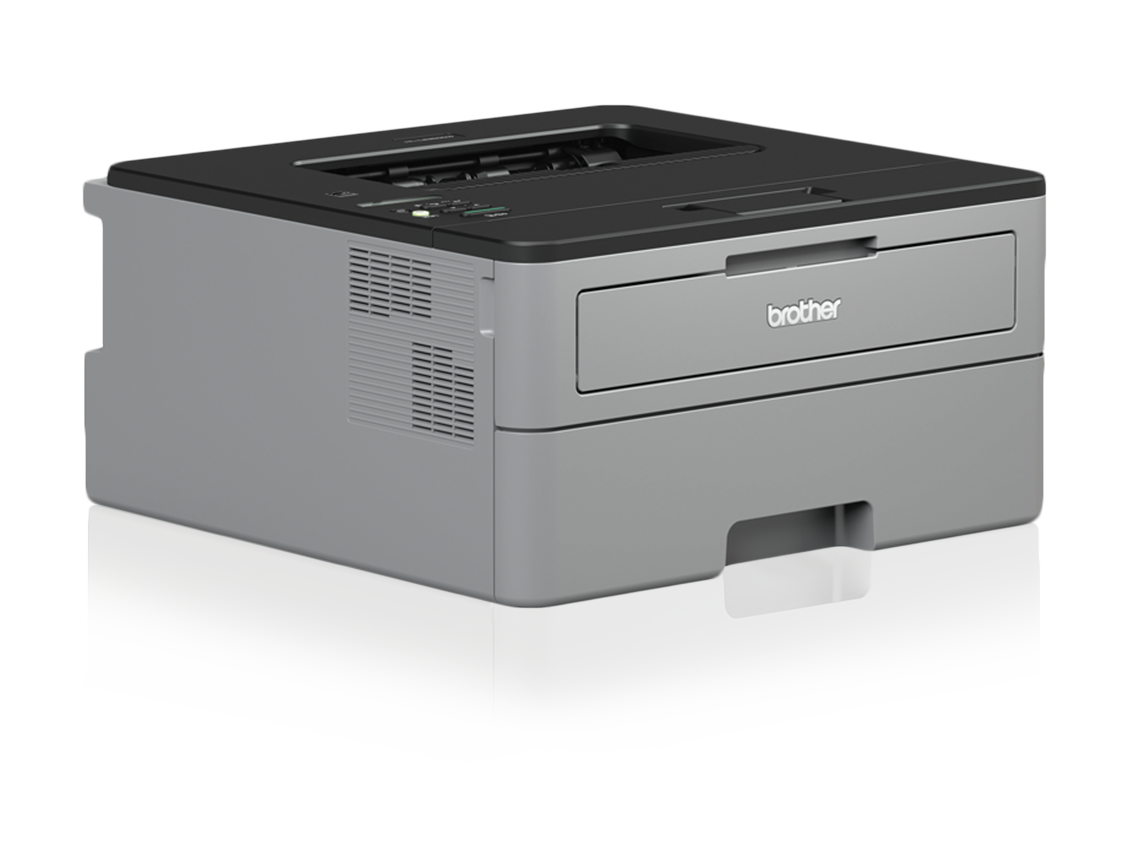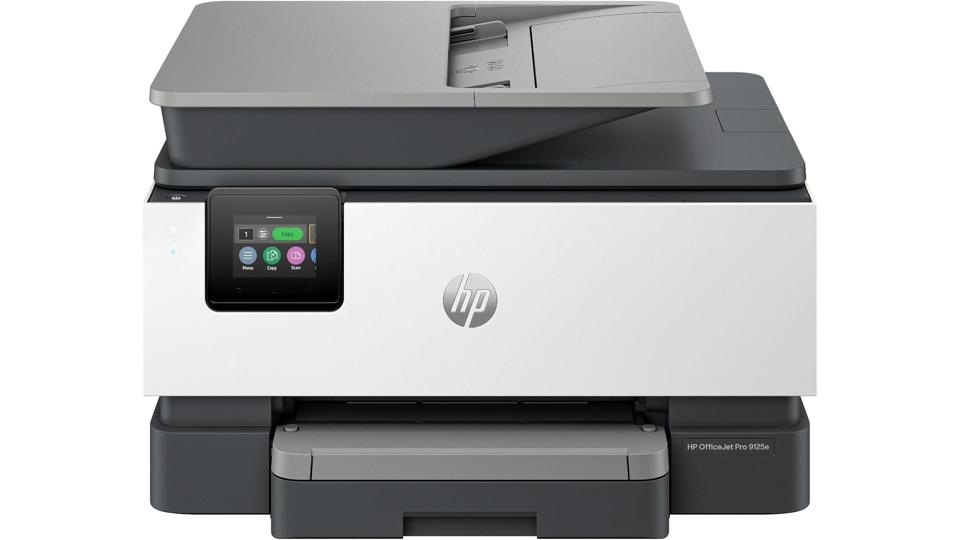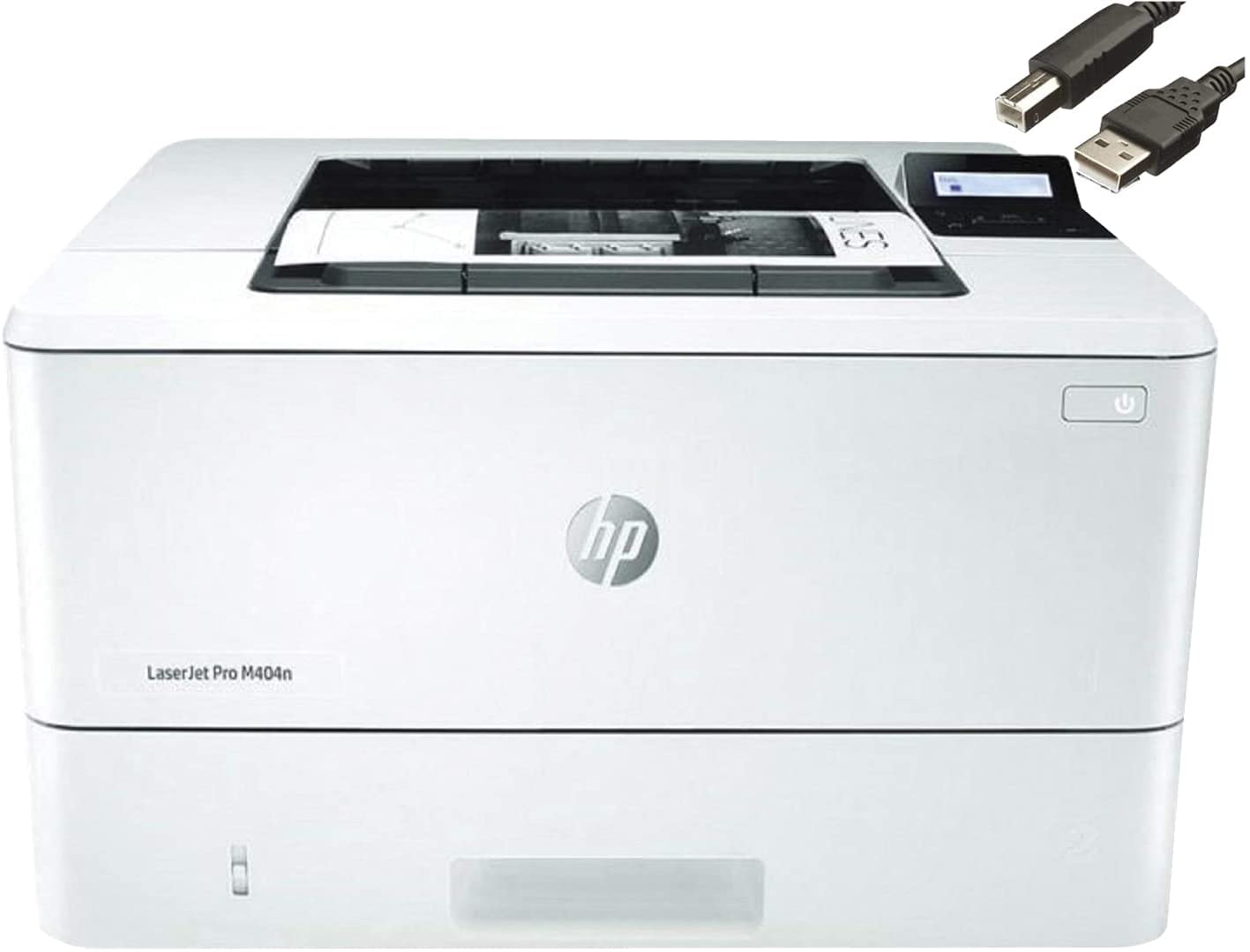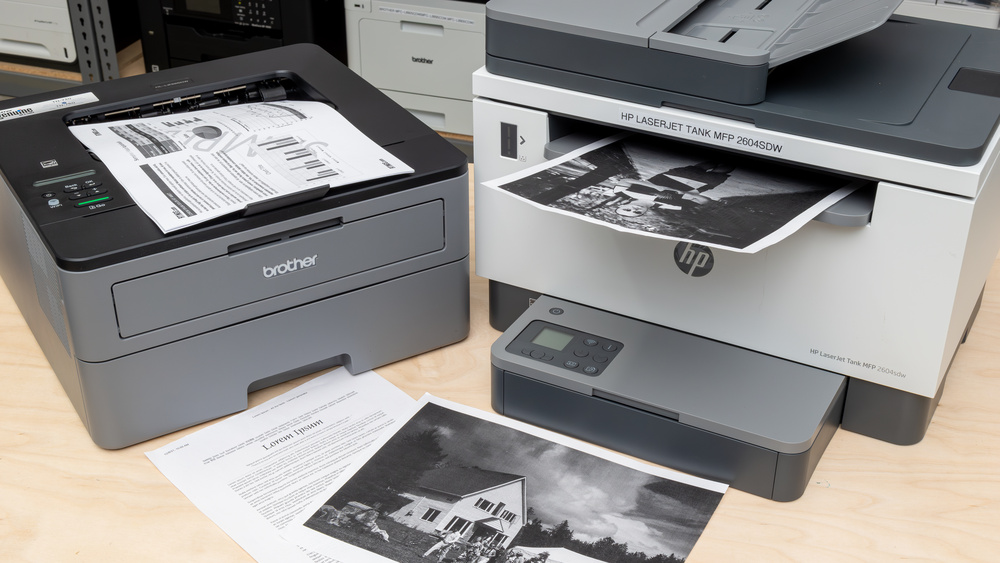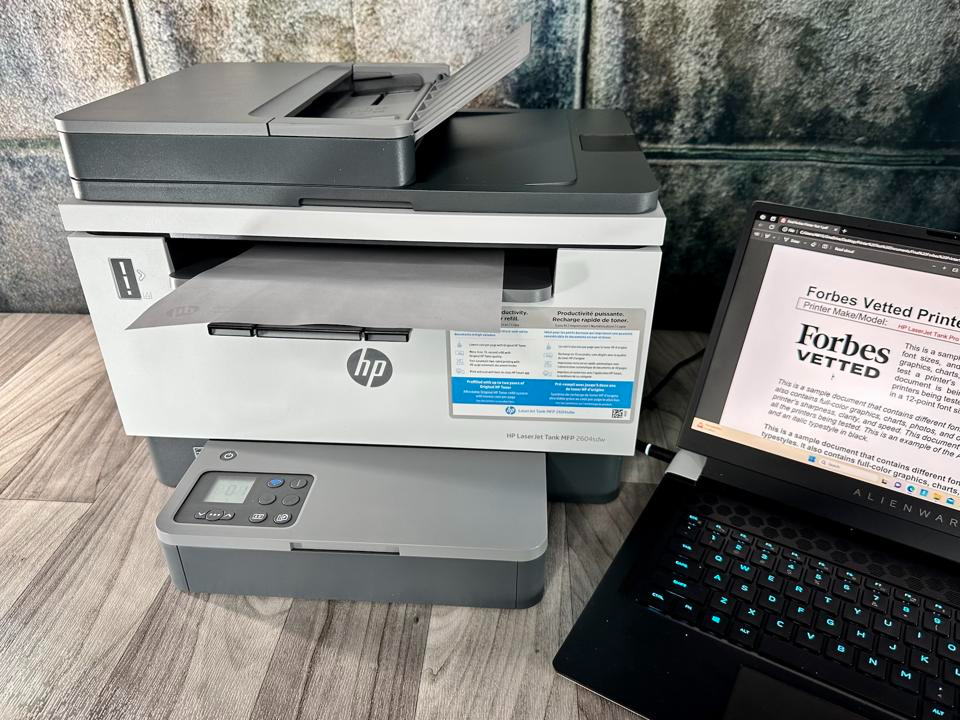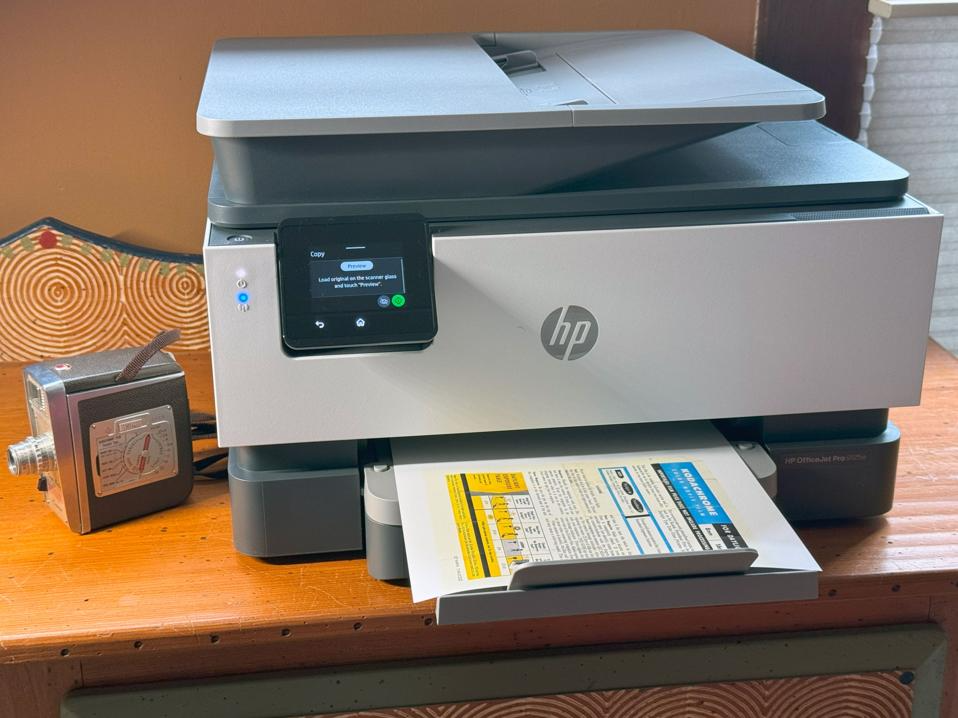Introduction
Choosing the right printer can significantly impact your printing efficiency, cost, and overall satisfaction. Two of the most popular types of printers on the market today are laser printers and inkjet printers. Each type has its unique strengths and weaknesses, catering to different needs and preferences. Understanding the key differences between laser and inkjet printers is crucial in making an informed decision that best suits your printing requirements. This article provides an in-depth comparison of laser printers and inkjet printers, examining their key features, benefits, costs, popular models, maintenance tips, and future trends. Whether you’re running a business, working from home, or simply need a reliable printer for everyday tasks, this guide will help you determine which type of printer is the best fit for you.
Understanding Laser Printers
How Laser Printers Work
Laser printers use laser technology to produce high-quality text and graphics. When a document is sent to a laser printer, a laser beam projects the image of the document onto a rotating drum coated with a photosensitive material. This drum attracts toner particles (a fine, dry powder) to the charged areas. The drum then transfers the toner onto paper through a combination of heat and pressure, creating a permanent bond. Laser printers are known for their speed, efficiency, and crisp print quality, particularly for text-heavy documents.
Key Features of Laser Printers
One of the most notable features of laser printers is their speed. They can produce a high volume of prints quickly, making them ideal for busy office environments. Laser printers also excel in print quality for text, offering sharp and clear results that outperform inkjet printers in this regard. The use of toner cartridges often results in a lower cost per page compared to inkjet printers, especially for high-volume printing. Additionally, laser printers are typically more durable and require less frequent maintenance, contributing to their long-term reliability.
Benefits of Laser Printers
Laser printers offer several benefits that make them appealing for both business and home use. The high print speed allows for efficient handling of large printing tasks, reducing wait times and increasing productivity. The superior print quality for text ensures that documents appear professional and easy to read. The cost-effectiveness of toner and the lower cost per page make laser printers an economical choice for frequent printing. Laser printers also tend to have larger paper trays, reducing the need for constant refilling. Their durability and long-lasting components contribute to their overall reliability and longevity.
Popular Models of Laser Printers
Several models of laser printers are well-regarded for their performance and features. The HP LaserJet Pro series, for example, offers a range of models suitable for different needs, from compact, high-speed printers for small offices to more robust models with advanced features like duplex printing and wireless connectivity. The Brother HL-L2350DW is another popular choice, known for its affordability, reliability, and ease of use. The Canon imageCLASS series provides high-quality printing with advanced features such as mobile printing and cloud connectivity. These models represent the diversity and capabilities of laser printers, catering to a wide range of printing needs.
Understanding Inkjet Printers
How Inkjet Printers Work
Inkjet printers operate by spraying tiny droplets of liquid ink onto paper to form text and images. When a document is sent to an inkjet printer, the printhead moves back and forth across the paper, ejecting ink through small nozzles. The ink is stored in cartridges, which can contain different colors for color printing. Inkjet technology allows for precise placement of ink droplets, resulting in high-quality prints with rich colors and detailed graphics. Inkjet printers are known for their versatility and ability to produce high-quality photo prints.
Key Features of Inkjet Printers
Inkjet printers are renowned for their ability to produce high-quality color prints. The technology used in inkjet printers allows for smooth gradients and rich, vibrant colors, making them ideal for printing photos and graphics. Inkjet printers are generally more compact and affordable than laser printers, making them accessible for home use and small offices. They often come with features such as wireless connectivity, direct printing from cameras or mobile devices, and multifunction capabilities (print, scan, copy, and fax). The versatility of inkjet printers makes them suitable for a wide range of printing tasks.
Benefits of Inkjet Printers
The primary benefit of inkjet printers is their ability to produce high-quality color prints and photos. The precise ink placement and wide color gamut result in detailed and vibrant prints, making them suitable for creative projects and photo enthusiasts. Inkjet printers are also versatile, capable of handling various paper types and sizes, making them ideal for printing everything from documents to arts and crafts projects. Their compact size and affordability make them suitable for home offices and personal use. Additionally, many inkjet printers offer multifunction capabilities, providing added convenience and value.
Popular Models of Inkjet Printers
Several models of inkjet printers are well-regarded for their performance and features. The Canon PIXMA series, for example, is known for its excellent photo printing capabilities and user-friendly features, making it a popular choice for home users and photographers. The Epson EcoTank series offers a cost-effective solution with refillable ink tanks, reducing the need for frequent cartridge replacements and lowering printing costs. The HP Envy series combines sleek design with versatile functionality, offering features like wireless printing, scanning, and copying. These models demonstrate the versatility and capabilities of inkjet printers, catering to a wide range of printing needs.
Costs and Economics of Printing
Initial Costs
The initial cost of a printer can vary significantly between laser and inkjet models. Generally, inkjet printers are more affordable upfront, with many entry-level models available at a low cost. Laser printers, on the other hand, tend to have a higher initial cost, especially for models with advanced features and higher print speeds. However, it’s essential to consider the long-term costs associated with each type of printer, including the cost of consumables and maintenance.
Cost Per Page
One of the critical factors to consider when comparing printers is the cost per page. Laser printers typically have a lower cost per page compared to inkjet printers, especially for text-heavy documents. Toner cartridges used in laser printers can yield a high number of prints per cartridge, making them more economical for high-volume printing. Inkjet printers, while offering lower initial costs, can have a higher cost per page due to the need for frequent ink cartridge replacements. However, some inkjet printers with refillable ink tanks, like the Epson EcoTank series, offer a more cost-effective solution for color printing.
Maintenance and Consumables
Maintenance and consumables are essential considerations when evaluating printer costs. Laser printers are generally more durable and require less frequent maintenance, making them a reliable choice for high-volume printing environments. Toner cartridges for laser printers tend to last longer than ink cartridges, reducing the frequency of replacements. Inkjet printers, while providing excellent color quality, may require more frequent maintenance and ink cartridge replacements. Some inkjet printers also have printheads that can become clogged, requiring periodic cleaning. Considering the costs and maintenance requirements of consumables can help determine the overall cost-effectiveness of a printer.
Comparing Print Quality
Text and Document Printing
When it comes to text and document printing, laser printers have a clear advantage. The precise laser technology used in laser printers ensures sharp and clear text, making them ideal for printing professional documents, reports, and contracts. The crisp print quality of laser printers contributes to better readability and a polished appearance. Inkjet printers can also produce high-quality text prints, but the sharpness and clarity may not match that of laser printers. For text-heavy documents, laser printers are the preferred choice.
Color and Photo Printing
Inkjet printers excel in color and photo printing, offering vibrant colors and detailed graphics. The ability to produce smooth gradients and a wide color gamut makes inkjet printers ideal for photo printing, creative projects, and marketing materials. Inkjet technology allows for precise placement of ink droplets, resulting in high-resolution prints with rich and accurate colors. Laser printers, while capable of producing color prints, may not achieve the same level of color accuracy and detail as inkjet printers. For high-quality photo and color prints, inkjet printers are the preferred choice.
Graphic and Mixed Media Printing
For graphic and mixed media printing, the choice between laser and inkjet printers depends on the specific requirements. Inkjet printers are well-suited for graphics that require rich colors and fine details, making them ideal for brochures, flyers, and posters. The versatility of inkjet printers allows them to handle various paper types and sizes, accommodating different creative projects. Laser printers, on the other hand, offer fast and efficient printing for mixed media documents that include text and graphics. The sharp text and reasonably good color quality make laser printers suitable for business documents, presentations, and marketing materials. The choice between the two depends on the emphasis on color quality versus speed and efficiency.
Speed and Efficiency
Print Speed
Laser printers are known for their high print speeds, making them ideal for environments where large volumes of prints are required quickly. Laser printers can produce multiple pages per minute, significantly reducing wait times and increasing productivity. This speed advantage is particularly noticeable when printing text-heavy documents and large print jobs. Inkjet printers, while improving in print speed over the years, typically cannot match the rapid output of laser printers. For users who require fast and efficient printing, laser printers are the preferred choice.
Warm-Up Time
Laser printers often have a warm-up time before they can start printing, as the fuser unit needs to reach a specific temperature to bond the toner to the paper. However, once warmed up, laser printers can produce prints rapidly. Inkjet printers, on the other hand, generally have little to no warm-up time, allowing for immediate printing. This advantage can be beneficial for users who need to print smaller jobs quickly. The trade-off between warm-up time and print speed can influence the choice between laser and inkjet printers based on specific needs.
Volume and Duty Cycle
Volume and duty cycle are critical considerations for users with high printing demands. Laser printers are designed to handle high-volume printing, with robust components and a high duty cycle (the number of pages the printer can produce in a month without compromising performance). This capability makes laser printers suitable for busy office environments and businesses with heavy printing requirements. Inkjet printers, while versatile, may have lower duty cycles and are better suited for moderate to low-volume printing. For heavy-duty printing applications, laser printers are the preferred choice.
Maintenance and Durability
Routine Maintenance
Routine maintenance is essential to keep printers functioning effectively. Laser printers generally require less frequent maintenance compared to inkjet printers. The drum and fuser units in laser printers are designed for high durability, reducing the need for frequent replacements. However, regular cleaning and occasional replacement of consumables like toner cartridges and transfer rollers are necessary. Inkjet printers require more frequent maintenance, including cleaning printheads to prevent clogging, replacing ink cartridges, and ensuring the printer’s nozzles are free of obstructions. The higher maintenance demands of inkjet printers can influence the overall cost and convenience.
Durability and Lifespan
Laser printers are known for their durability and long lifespan, making them a reliable choice for high-volume printing applications. The robust construction and fewer moving parts contribute to their longevity. With proper maintenance, laser printers can provide years of reliable service. Inkjet printers, while improving in durability, may have a shorter lifespan compared to laser printers, particularly those used for high-volume printing. The wear and tear on printheads and the potential for ink drying out can affect the longevity of inkjet printers. For users seeking long-lasting and durable printers, laser printers are the preferred choice.
Handling Paper Types
Both laser and inkjet printers can handle a variety of paper types, but their capabilities differ. Inkjet printers are particularly versatile, capable of printing on various media, including glossy photo paper, cardstock, labels, and even fabric. This versatility makes inkjet printers suitable for creative projects and specialized printing tasks. Laser printers, while also capable of handling different paper types, are best suited for standard office paper and labels. Some specialty papers, such as glossy photo paper, may not be compatible with laser printers due to the heat involved in the printing process. The choice between the two depends on the specific media requirements.
Future Trends in Printer Technology
Advancements in Print Quality
Future advancements in printer technology are likely to focus on improving print quality for both laser and inkjet printers. Innovations in toner formulations, ink technology, and printhead design will contribute to sharper text, richer colors, and higher resolution prints. Laser printers may see enhancements in color accuracy and detail, making them more competitive with inkjet printers for photo and graphic printing. Inkjet printers will continue to refine their color reproduction and precision, catering to the growing demand for high-quality prints in various applications.
Smart and Connected Printers
The integration of smart technology and connectivity features is an emerging trend in printer technology. Future printers will offer enhanced connectivity options, including Wi-Fi, Bluetooth, NFC, and cloud printing capabilities. Smart printers will integrate with mobile devices and smart home systems, allowing for seamless printing from anywhere. Features such as voice control, mobile apps, and real-time monitoring of print jobs and consumables will enhance user convenience and productivity. The adoption of smart and connected printers will revolutionize the way users interact with printing technology.
Eco-Friendly Printing Solutions
Environmental sustainability is becoming an important consideration in product design. Future printers will incorporate eco-friendly materials, energy-efficient components, and sustainable manufacturing practices. Innovations such as recyclable toner cartridges, biodegradable inks, and reduced energy consumption will contribute to greener printing solutions. Manufacturers will focus on reducing waste and promoting recycling programs to minimize the environmental impact of printing. The emphasis on sustainability will align with the growing consumer demand for environmentally conscious products and practices.
Improved User Experience
Enhancing the user experience will be a key trend in printer technology. Future printers will offer intuitive interfaces, guided setups, and automated maintenance to simplify operation and reduce user frustration. Features such as touchscreens, voice-guided prompts, and AI-driven diagnostics will streamline troubleshooting and support. Enhanced user experience will make printing technology more accessible and user-friendly, catering to a wide range of users with varying levels of technical expertise.
Conclusion
Choosing between a laser printer and an inkjet printer involves considering various factors, including print quality, speed, cost, maintenance, and specific printing needs. Laser printers are known for their high-speed performance, sharp text quality, and cost-effectiveness for high-volume printing. Inkjet printers excel in color reproduction, photo printing, and versatility for creative projects. Understanding the key differences and benefits of each type of printer can help users make an informed decision that best suits their requirements.
Popular models like the HP LaserJet Pro, Brother HL-L2350DW, Canon PIXMA, Epson EcoTank, and HP Envy demonstrate the diverse capabilities of laser and inkjet printers. Proper maintenance and care ensure the longevity and reliability of printers, contributing to a positive user experience. As technology continues to evolve, future trends in printer technology promise enhanced print quality, smart connectivity, sustainability, and improved user experience. Whether for business, home use, or creative projects, selecting the right printer is essential to achieve optimal results and satisfaction. Both laser and inkjet printers offer unique advantages, catering to different needs and preferences in the dynamic world of printing.
